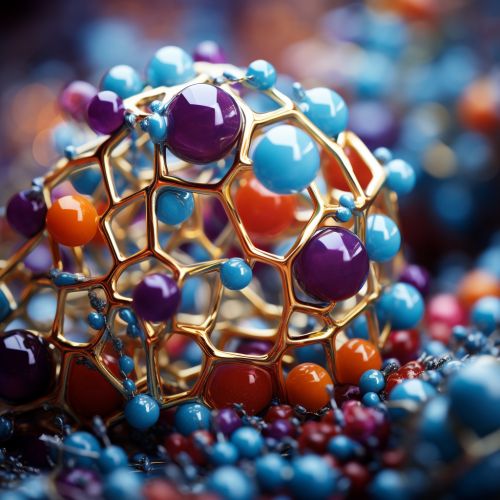Estrogen
Introduction
Estrogen is a category of sex hormones that serve a crucial role in the development and regulation of the female reproductive system and secondary sexual characteristics. There are three major endogenous estrogens in females that have estrogenic hormonal activity: estrone, estradiol, and estriol. The estrane steroid estradiol is the most potent and prevalent of these.
Biological Function
Estrogen and other hormones are part of a complex regulatory system that controls the menstrual cycle in women. Estrogen levels fluctuate throughout the menstrual cycle, peaking during ovulation and dropping dramatically after ovulation. This hormone is also responsible for the thickening of the endometrium and the secondary sexual characteristics in women, including the growth of the breasts and the widening of the hips.


Biosynthesis and Metabolism
Estrogen is produced primarily in the ovaries, adrenal glands, and in the placenta during pregnancy. The biosynthesis of estrogen is initiated by the aromatase enzyme, which converts androgens into estrogens. The metabolism of estrogen, on the other hand, involves various enzymes and occurs primarily in the liver. It is then excreted via urine and feces.
Role in Disease
Estrogen plays a role in certain diseases. For instance, an excess of estrogen can lead to endometrial hyperplasia and endometrial cancer. On the other hand, low levels of estrogen can contribute to osteoporosis by allowing for bone resorption.
Pharmacology
Estrogen is used in hormone replacement therapy for trans women and post-menopausal women. It is also used in the combined oral contraceptive pill. Estrogen therapy can help alleviate symptoms of menopause, such as hot flashes and vaginal dryness. However, it also has potential side effects, including an increased risk of breast cancer and stroke.
